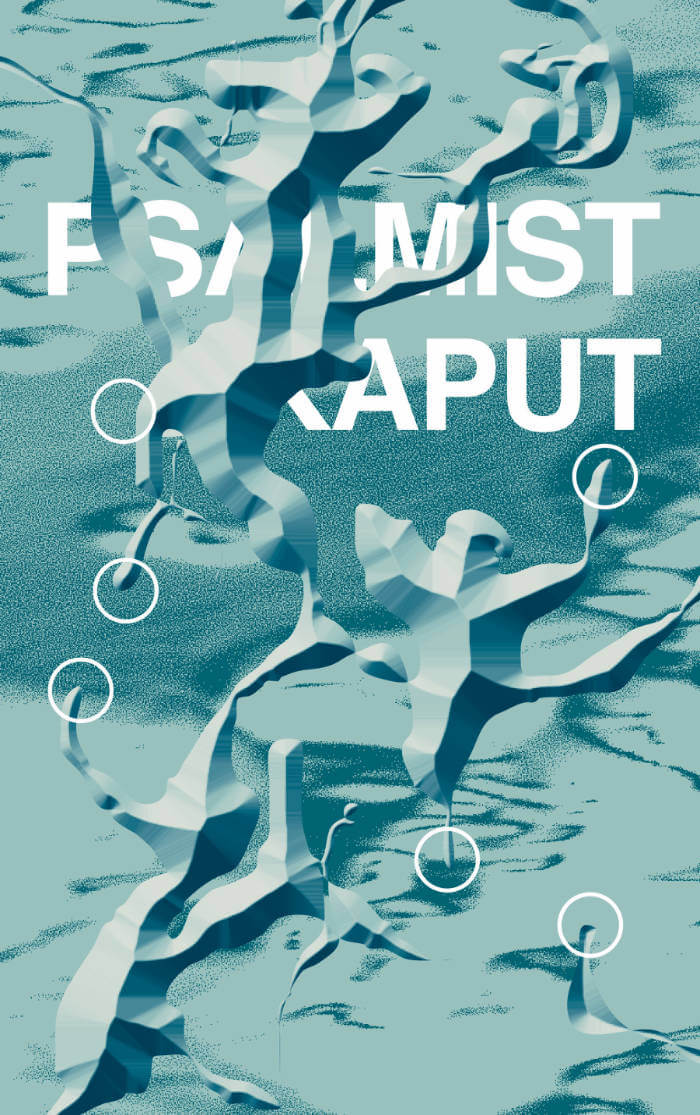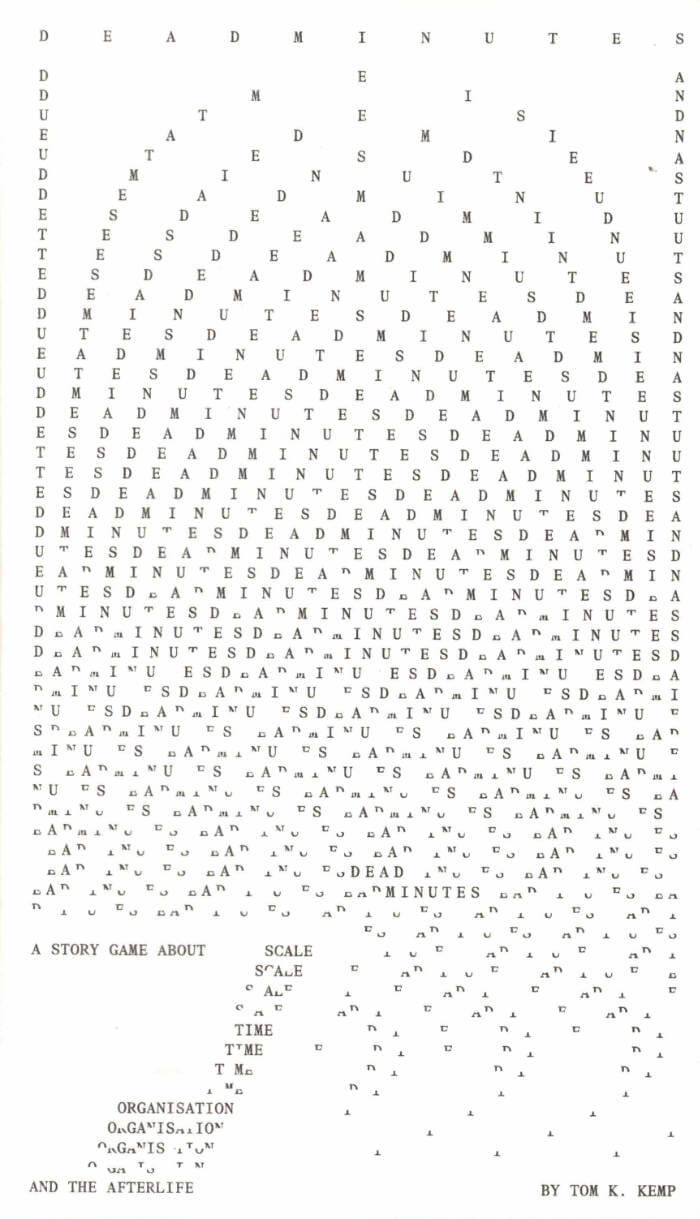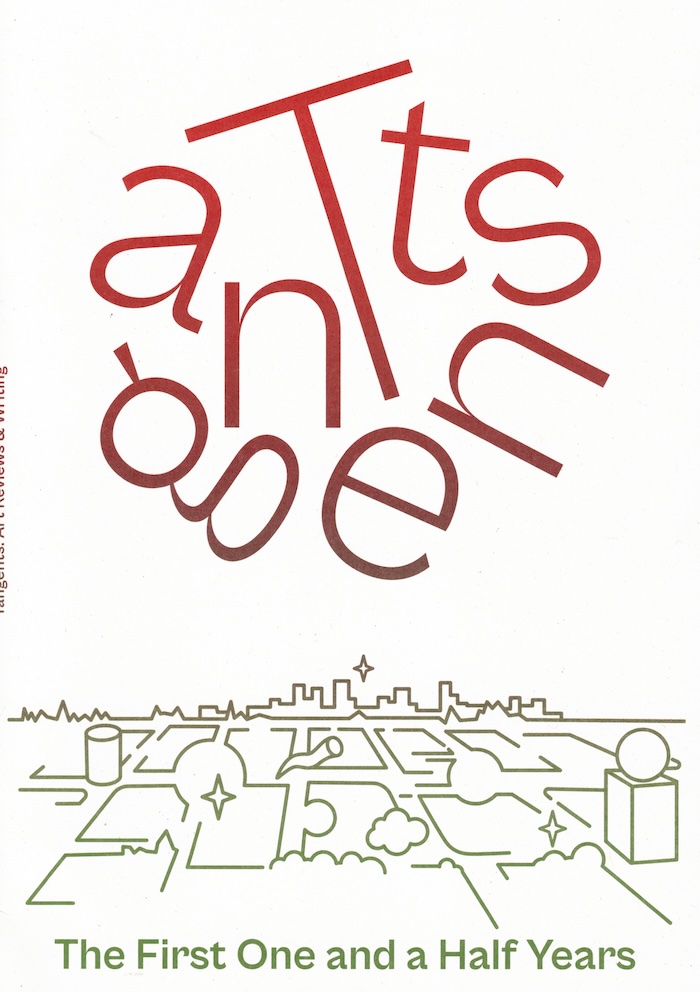
Dance of Utter Darkness
Dance of Utter Darkness is a book of subterranean violence and brutalist design. Marked by harsh cuts and dark alcoves.
In the private void of the sewers, two cops scry new crime and punishment from the entrials of sacrified critters. Threading language from the exposed flesh into new systems of control.
You do what you can and at the end Fanon's ghost will be waiting for you.
Language: English






